 My recent grant from the Ontario Arts Council made me very happy indeed. It was not only the money which will help pay for research, travel, and supplies, but also it was the validation, the assurance that I am on the right track with my novel, The Canadian Suffragette. This acceptance affirms that the story telling, the writing, the characters, the reader interest and all the other elements which make up a successful novel are in place. Competition for grants is severe, and yet I managed to come through. Thank you, thank you, unknown judges of my work.
My recent grant from the Ontario Arts Council made me very happy indeed. It was not only the money which will help pay for research, travel, and supplies, but also it was the validation, the assurance that I am on the right track with my novel, The Canadian Suffragette. This acceptance affirms that the story telling, the writing, the characters, the reader interest and all the other elements which make up a successful novel are in place. Competition for grants is severe, and yet I managed to come through. Thank you, thank you, unknown judges of my work.Wednesday, August 28, 2019
A Writer Thinks about the Future - and the Past.
 My recent grant from the Ontario Arts Council made me very happy indeed. It was not only the money which will help pay for research, travel, and supplies, but also it was the validation, the assurance that I am on the right track with my novel, The Canadian Suffragette. This acceptance affirms that the story telling, the writing, the characters, the reader interest and all the other elements which make up a successful novel are in place. Competition for grants is severe, and yet I managed to come through. Thank you, thank you, unknown judges of my work.
My recent grant from the Ontario Arts Council made me very happy indeed. It was not only the money which will help pay for research, travel, and supplies, but also it was the validation, the assurance that I am on the right track with my novel, The Canadian Suffragette. This acceptance affirms that the story telling, the writing, the characters, the reader interest and all the other elements which make up a successful novel are in place. Competition for grants is severe, and yet I managed to come through. Thank you, thank you, unknown judges of my work.
The Canadian Suffragettehas a long history going back to 1985. As a professor at Confederation College, I was encouraged to take a short sabbatical on reduced salary in order to go to Toronto for four months to access research material on women’s history and to create the credit course which I eventually taught for several years.
In Toronto, the librarian at OISE pointed out several books about the British Suffragettes. I was amazed at how little I knew about this incredible organization. I was struck by their organizing abilities, their courage in the face of violence, and their high-spirited shenanigans. Any group that would rent a hot air balloon to sail over the Houses of Parliament and drop leaflets had my full attention.
I began a search for Suffragette memoirs and found many. All the leaders and many members wrote about their experiences, in jail and out, and produced some of the most memorable reading I have ever encountered. Although the books were mainly out of print, second hand sellers in Toronto and London helped me start my own collection.
Later, when I travelled to England to continue research in the British museum, a pattern was forming in my mind focusing on the year 1908, a pivotal year for the organization. In 1908, the Suffragette organization was at a crossroads. Only five years old, they had thousands of members all over Great Britain including women from the U.S., Australia, and Canada. But the street violence they encountered was worsening, becoming dangerous. Some members, such as the Canadian, Mary Richardson, wanted to retaliate, break windows and destroy property. Others, like Sylvia Pankhurst, counseled non- violence. In 1908, the first stone was thrown, breaking the windows in 10 Downing Street. My fictional heroine, Canadian Lara Erickson, is caught between these two viewpoints.
Although I was having good luck with my short stories, I thought I would give a novel a go. Luckily, I acquired an American agent but, in spite of her best efforts, the thing did not sell. I put it aside as an apprentice attempt and went on with the short stories, eventually publishing seventy, mostly in Canadian literary magazines.
But recently, I realized what was wrong with the early novel: too long, too many characters, too many points of view jumping around from chapter to chapter, no love interest, and so on.
I decided to ditch the entire mess, go back to the research and consider everything from the life of a young woman living in Port Arthur in 1908 who is shamed by vicious sexual rumours which cause her to flee the city. In England she joins the Suffragettes, encounters street violence and prison but also gains the courage to return home to face her enemy. But she too has to decide between non-violent and violent retaliation.
The OAC and my writing groups like it so I hope readers will too.
Since 1963, the Ontario Art Council has supported professional Ontario-based artists and art organizations. Check out www.arts.on.ca. Good Luck!
Subscribe to:
Post Comments (Atom)


















































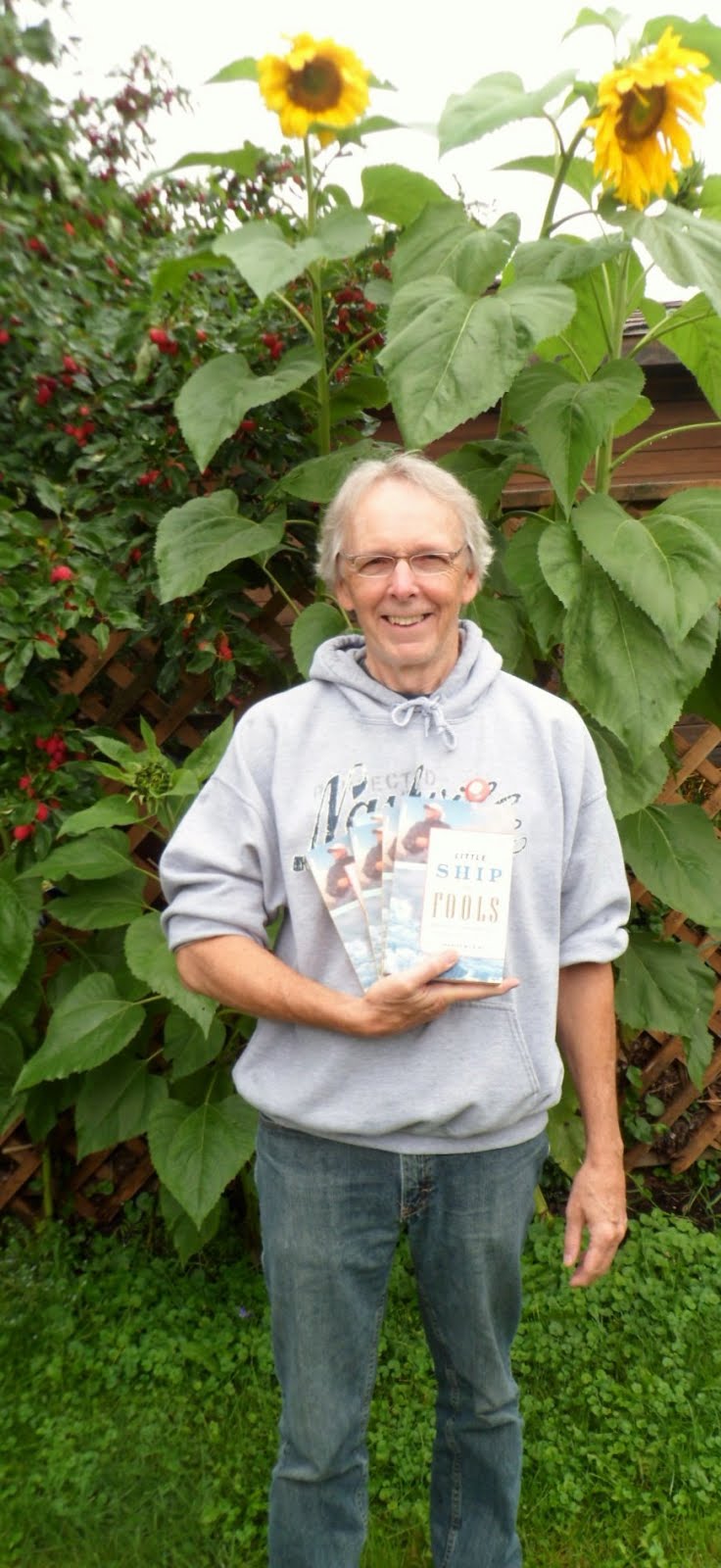





























































































































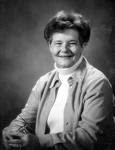


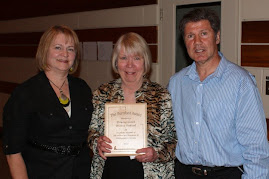
































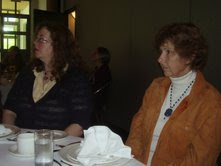



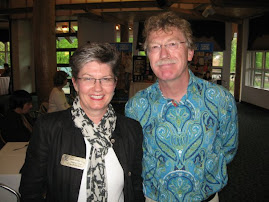


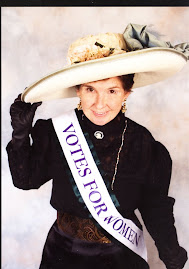

























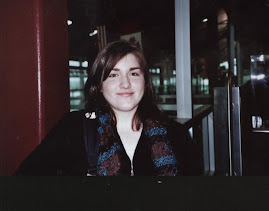


















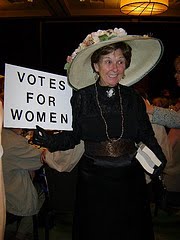


No comments:
Post a Comment